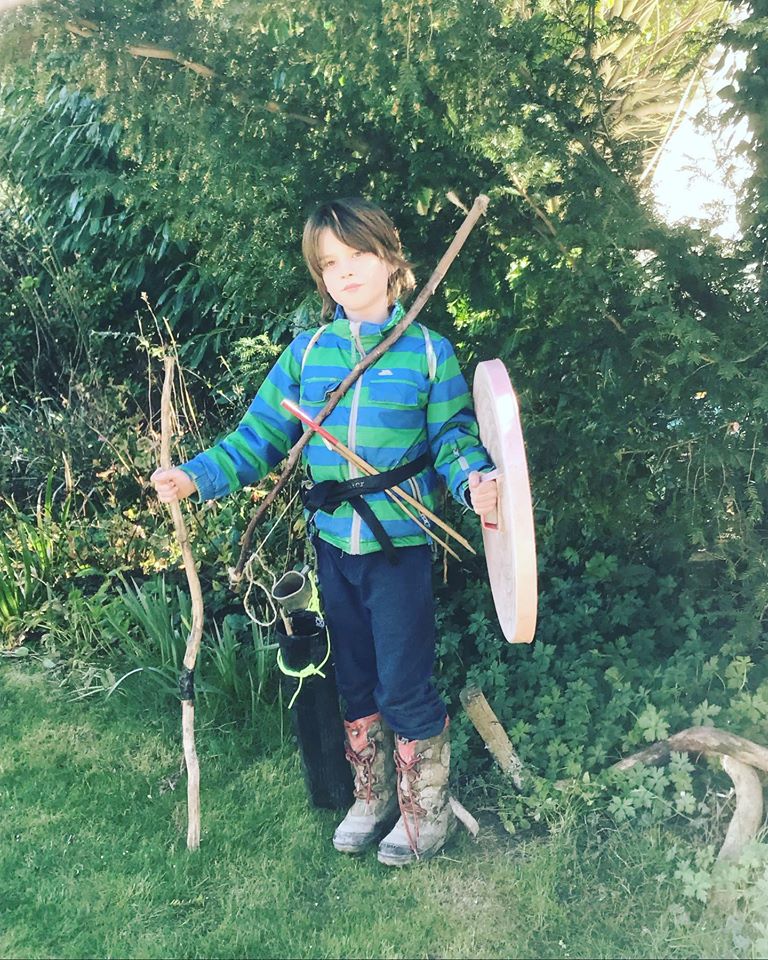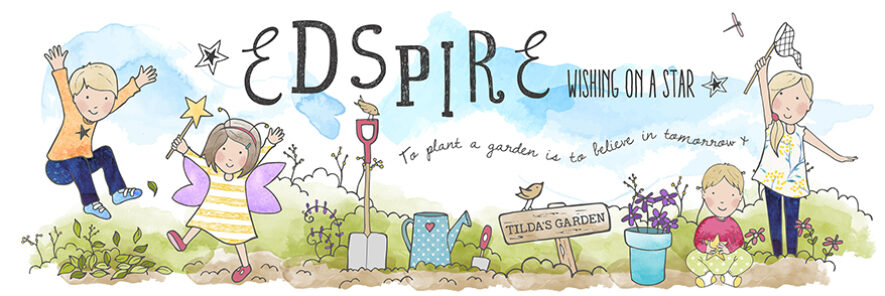The new academic year is now well underway
As home educators we never really stop learning
I try to ensure we do some ‘work’ every day
Especially with the older two who are now 10
I do however plan our learning
According to the school year
We have subjects that we cover everyday
Then we do projects and topic work
Our first mini topic this term
Has been to learn about Prehistory
The evolution of the human race

We have mostly been doing this by reading books together
It seemed fitting to learn about a period of history
Where nothing was written down
Through storytelling, reading together and discussing what we read
I wanted to share here a handful of the narrative non fiction books
We have been using to help us with our learning
They would all be wonderful additions to any home education bookshelves
Any school library or key stage two classroom
Here they are
I have a few more books to add to this post
If you want to keep up with our home education journey
And all our book reviews and recommendations
Do please come and follow us on Instagram x
